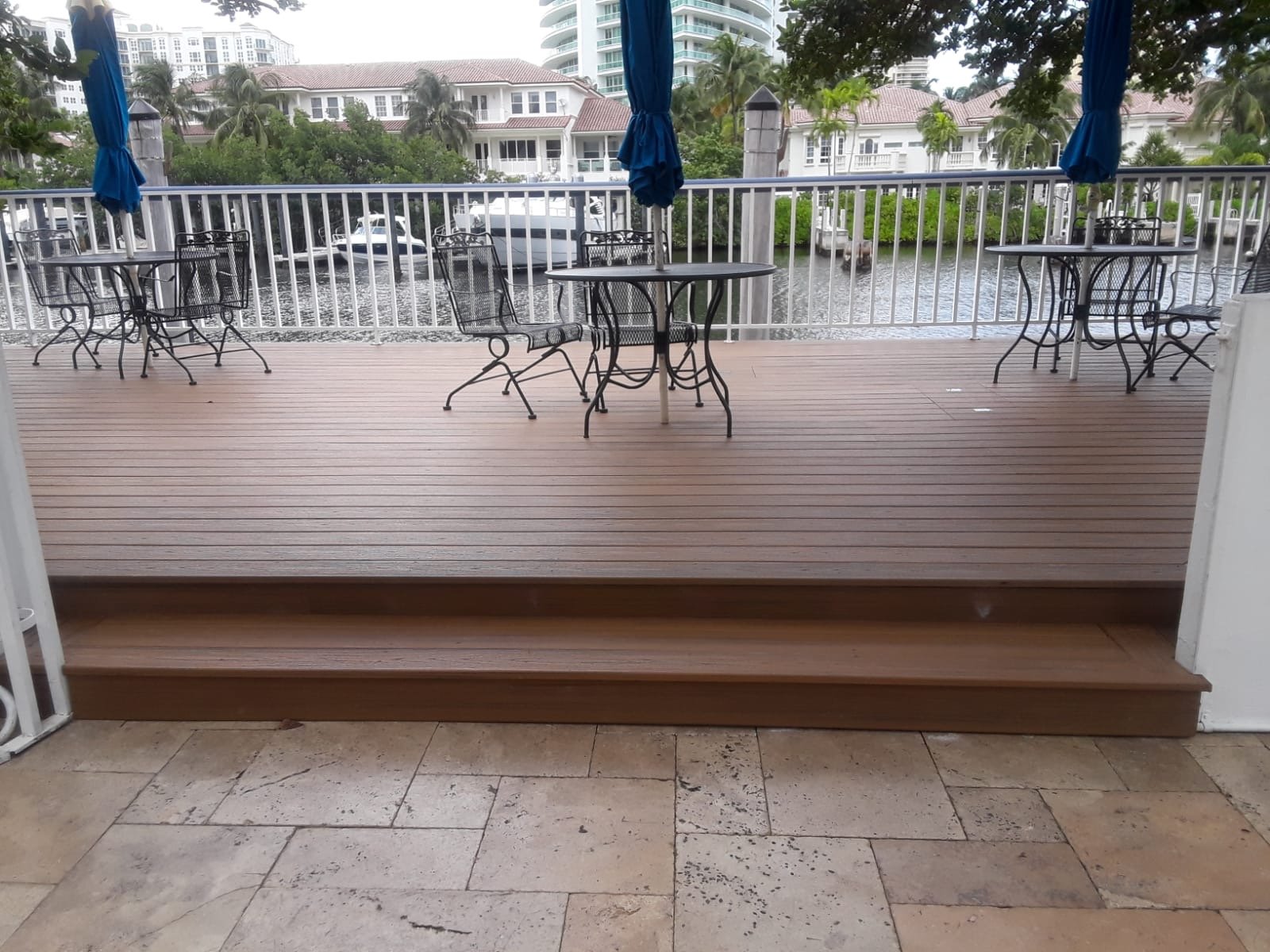Home loans are a big-ticket expense and a long-term commitment. Most borrowers who avail of these loans opt for a loan tenor between 20 to 30 years to ease off the burden of loan repayment and therefore, even a decimal point difference in the housing loan interest rates can help borrowers save a lot more money in the long run. For instance, a Rs.50 Lakh home loan availed of for 20 years at 9% interest rate accumulates a total interest payable of Rs.57,96,711 and a Rs.50 Lakh home loan availed of for the same duration at an interest rate of 8.50% accumulates an interest of Rs.54,13,879. Thus, a .50% difference in the interest rate can help a home loan borrower save more than Rs.3.5 Lakh over the 20-year-tenor of their loan.
In the aftermath of the Covid-19 pandemic, the Reserve Bank of India lowered the Repo Rate considerably, pushing home loan interest rates into the range 6% to 9%. Such low home loan interest rates helped revive the demand within the housing sector. However, now that the economy, and in particular the real estate sector, has bounced back, the Reserve Bank of India has increased the Repo Rate to 6.50%, which in turn, has caused home loans to become expensive. To try and avail of a low housing loan interest rate deal and thus benefit from affordable EMIs and reduced interest payout, borrowers must start with thorough research. They must talk to as many different lenders as possible and negotiate with each one of them. Borrowers must also familiarize themselves with the various factors that affect the housing loan interest rate that one gets.
Factors That Affect Home Loan Interest Rates
1. Credit Score
If you want to score a low home loan interest rate and save more in the long run, check your credit score before beginning the home loan application process and move ahead with the loan application only if your credit score is 750 or above.
A 750 and above credit score is the sign of a borrower who uses credit judiciously; has always paid loan EMIs and credit card bills on time and can therefore be trusted with timely repayment of loan money; is not excessively dependent on credit and has their debt situation entirely under control. Such borrowers make excellent clients and therefore, all lenders want to work with them. Thus, lenders extend lowest home loan interest rates deals to such borrowers, alongside other benefits, such as a sizeable loan sanction and a long repayment tenor to make repayment easier.
2. Type of Home Loan Interest Rate
The type of home loan interest rate one chooses also affects the home loan interest rate one gets. In general, fixed interest rate home loans are more expensive than floating interest rate home loans as the risk involved for the lender is much higher in the case of fixed-interest rate home loans. Borrowers who are convinced that home loan interest rates will increase considerably in near future should opt for a fixed interest rate home loan. On the other hand, if one anticipates that the housing loan interest rates will go down, as they usually do, one should opt for a floating interest rate home loan. Borrowers can also go for hybrid interest rate home loans. In the case of these loans, the rate of interest remains fixed for the first few years and then automatically changes to the floating type.
3. Benchmark Rate of Lending
All home loans are linked to an external benchmark. These days, most home loans are linked to the Repo Rate and thus, everytime there is a change in the Repo Rate, the applicable home loan interest rates also change. When the Repo Rate goes up, the home loan interest rates go up too and when the Repo Rate goes down, the current home loan interest rates go down too. Borrowers must understand clearly which external benchmark their home loan is linked to and keep an eye on changes in this benchmark.
4. Quality of the Collateral
Home loans are secured in nature. These loans are secured by the property bought with the loan money. In other words, the home you buy with the loan money serves as collateral in the case of home loans. Thus, lenders look at the quality of the collateral when deciding the housing loan interest rate to be offered to a borrower. Needless to say, properties located in central locations and having all modern amenities attract a lower housing loan interest rate than properties located on the outskirts or old properties.
5. Income and Job Stability
The current home loan interest rate that a borrower gets also depends on the income and job stability of the borrower. People with a stable income and high job stability have high repayment capacity and are less likely to default on loan repayment. Lenders, therefore, offer lower and better interest rates to such borrowers. On the other hand, borrowers with an instable income and job stability often find themselves repaying a loan at high interest rates. In this case, lenders charge a high interest rate to make up for the risk involved in lending money to the borrower.
Final Words
These are the factors that affect the housing loan interest rate one pays on their home loan. Current home loan interest rates vary between 7.50% and 12%. If you want to avail of a low home loan interest rate deal, keep the following tips in mind:
– Maintain a high credit score
– Invest in a high-quality collateral
– Show a stable income
– Do not switch jobs often and maintain job stability
If you are planning to apply for a home loan anytime soon, calculate your EMIs for the loan amount you wish to borrow and borrow what you can easily afford and will be able to easily repay. How to calculate home loan EMIs? While one can calculate their EMIs manually also, we recommend the use of a home loan EMI calculator. These calculators are easily available on the interest and are free to use. They also deliver results within seconds and can be trusted for accuracy. So, use a home loan EMI calculator for better loan repayment planning and make use of the tips mentioned in this article to help you avail of the lowest interest rate possible.



